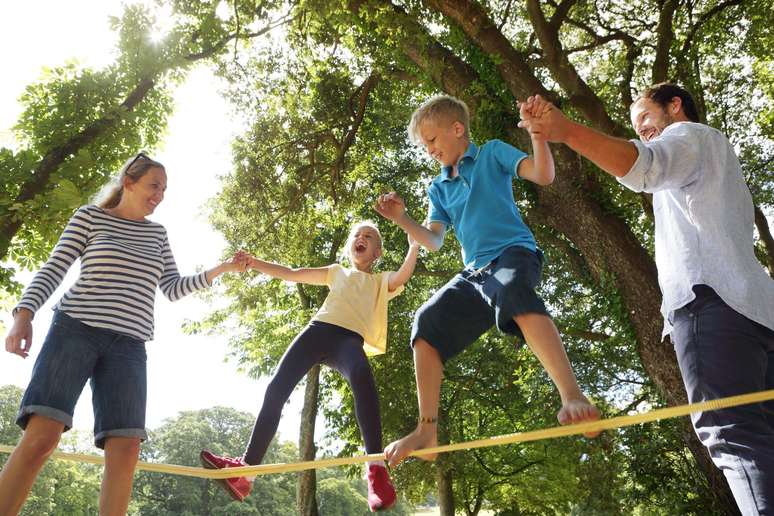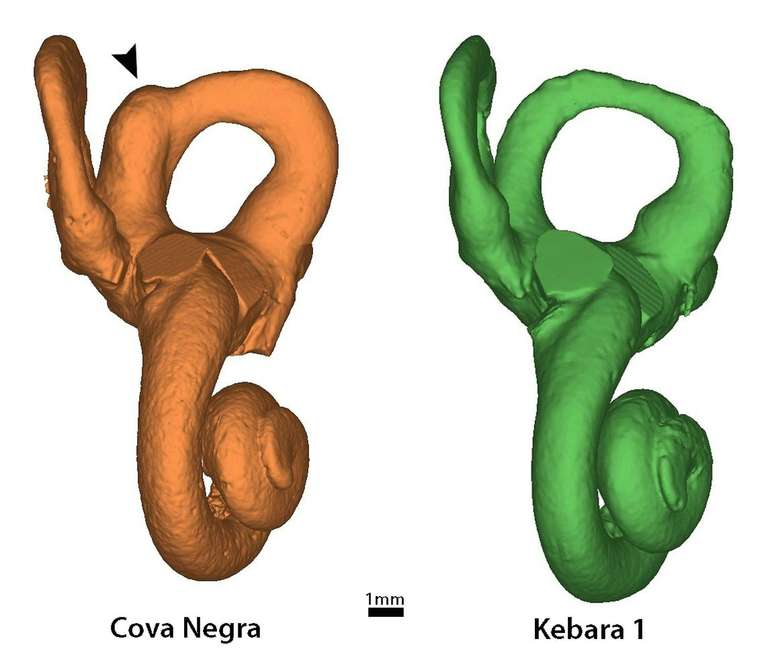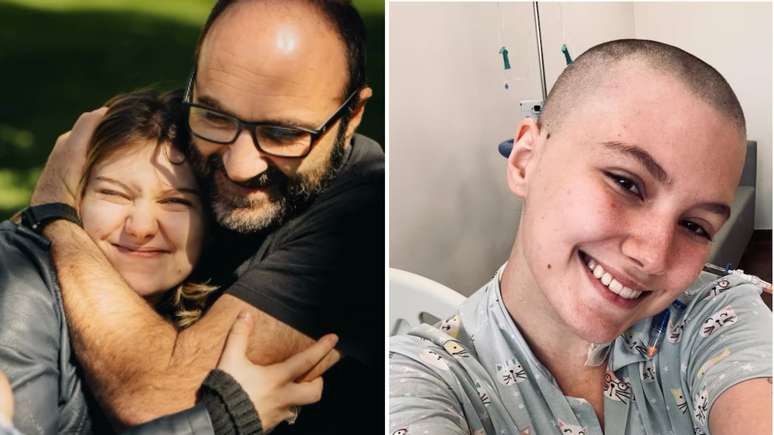Helping those in difficulty is a behavior that is not exclusive to humans: it is also found in other animals, especially primates.
One of the most interesting issues in the field of human evolution is the provision of assistance to vulnerable individuals.
Helping other human beings in difficulty is a behavior that is not exclusive to humans: it is also found in other animals, especially primates.
What characterizes the behavior of our species is altruism. In other words, helping someone without expecting anything in return.
British naturalist Charles Darwin defined “sympathetic spirit” as mutual aid behavior among animals that increases the chances of survival of the individuals they help. He also noticed that this behavior occurred among peers, individuals who were able to return the favor.
According to Darwin, the transition from the “spirit of sympathy” to true altruistic behavior occurred during human evolution, when we began to care for vulnerable individuals who were unlikely to return the favor.
Since then, evolutionary anthropology has wondered when and in which species this Rubicon was crossed.

Altruistic Neanderthals?
There are known cases of treatment of people with pathologies in the human evolutionary record, especially in the Neanderthal lineage.
An example of this is an ancient specimen from the site of Sima de los Huesos de Atapuerca, in Burgos (Spain), dated around 430 thousand years ago. This site has produced the largest collection of human fossils in history, considered the remote ancestors of Neanderthals.
The specimen in question is represented by the pelvis (affectionately nicknamed “Elvis”) and the lumbar vertebrae. These fossils show evidence that the individual suffered from a degenerative condition called “spondylolisthesis”.
This condition caused severe back pain and significant postural changes that severely limited his mobility.
Considering that these were very mobile hunter-gatherer groups, it is possible to explain the survival of this individual over the years only with the help of the group that waited for him or transported him when he was on the move.
However, it is not possible to know whether this treatment was a case of genuine altruism. Since Elvis was an adult individual, it cannot be ruled out that this was mutual help: either because the individual had helped others in the past, or because he was a particularly valuable member of the group due to his long experience.
A similar situation occurs with other Neanderthals who lived for years with disabling pathologies and whose survival required the help of the group.
In all cases, these are adult individuals in whom it cannot be excluded that their survival is due to mutual help and not to true altruism. To solve this problem, cases of infantile individuals are needed, whose ability to return the favor would be very limited.

Stories about baby care
Until recently, the only case presented of a newborn specimen with serious pathologies and in need of social care also came from the Sima de los Huesos site.
This is the so-called Skull 14 (nicknamed “Benjamina”), which belonged to a pre-adolescent girl and presented a rare pathology called “early craniosynostosis”.
This condition caused deformation of the skull and face. It is also possible that he suffered from psychomotor retardation, so his survival for more than a decade would have required special care from his group.
Although the existence of this psychomotor delay has not been established with absolute certainty, it is also not possible to determine with certainty the nature of the care that Benjamina needed. Perhaps their survival required only maternal care and no help from the rest of the group.
We recently published the case of a small Neanderthal skull fragment recovered from the Valencian site of Cova Negra, dated between 146 thousand and 273 thousand years ago. The rest corresponds to the region of the temporal bone that houses the inner ear and belonged to a girl over 6 years old (nicknamed “Tina”).
The study of Tina’s inner ear revealed the existence of five pathological conditions that are very rare individually and can only occur together in people with Down syndrome.
These conditions have led Tina to suffer from severe hearing loss, balance difficulties and attacks of dizziness. Furthermore, he probably also had serious muscle problems, both in walking and swallowing food.
The fact that the little girl managed to survive for at least six years in the difficult living conditions of a group of Neanderthal hunter-gatherers indicates that she must have received constant care and attention.
It is not unreasonable to think that Tina’s mother might have been able to provide this care on an ongoing basis herself, but that she needed help from other members of her group.
Since Tina could not have returned the favor to those who cared for her, this would be the first concrete evidence of altruistic behavior in a human species other than ours.
This happy discovery showed us an aspect very close to the behavior of Neanderthals, who were already capable of integrating diversity into their groups. Tina’s arrival reminds us that all of us, without distinction, are part of the history of human evolution.
Mercedes Conde-Valverde is director of paleoanthropology at the University of Alcalá
*This article was originally published on the science communication site The Conversation. Light the original version (in Spanish).
Source: Terra
Rose James is a Gossipify movie and series reviewer known for her in-depth analysis and unique perspective on the latest releases. With a background in film studies, she provides engaging and informative reviews, and keeps readers up to date with industry trends and emerging talents.





-1k22aaa6yuxx5.png)

